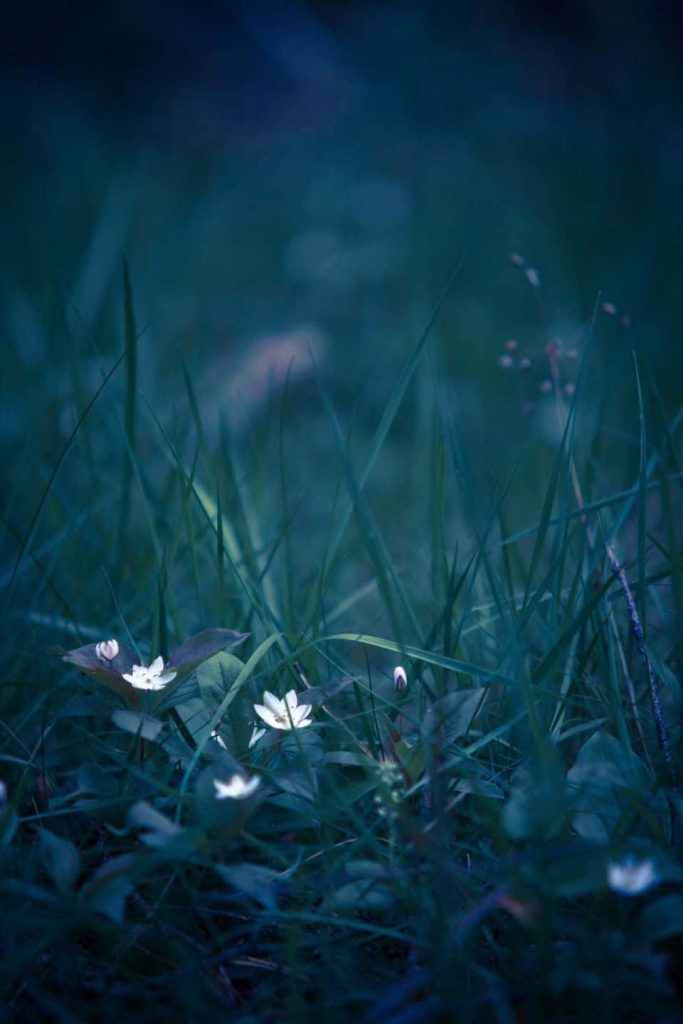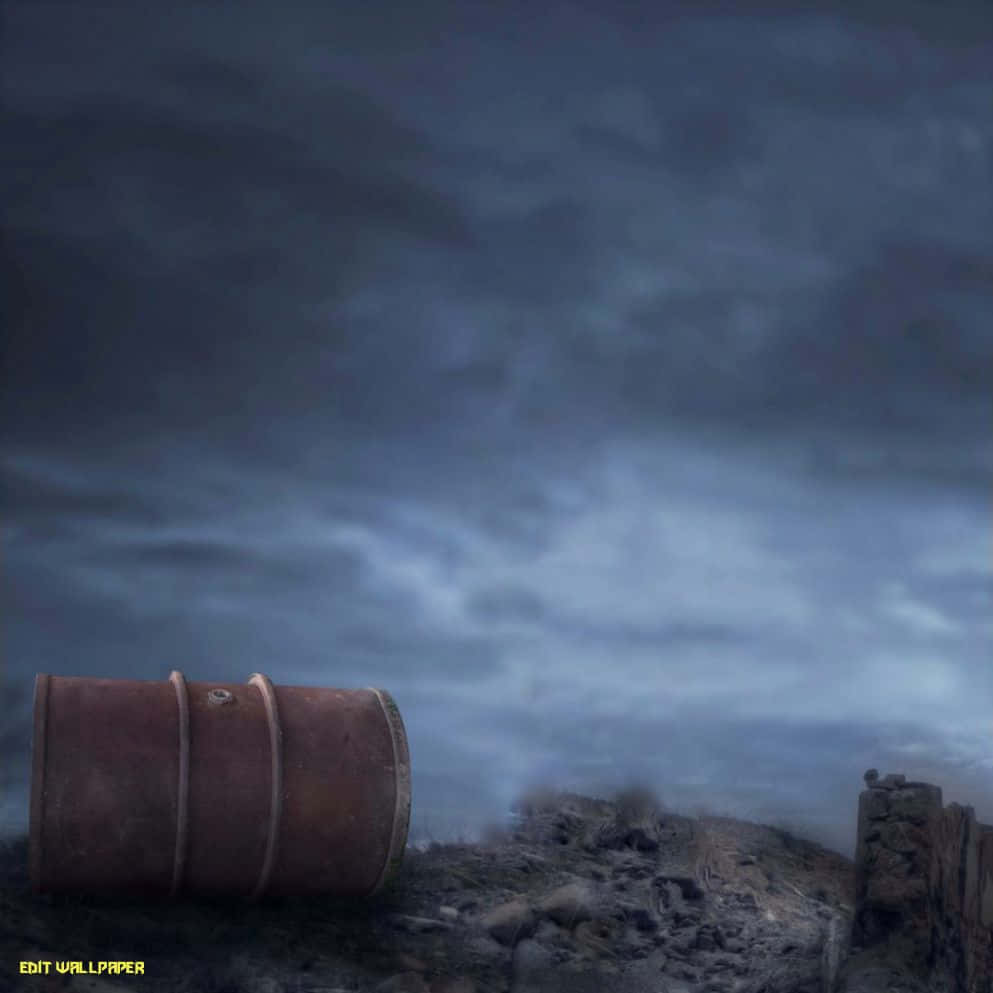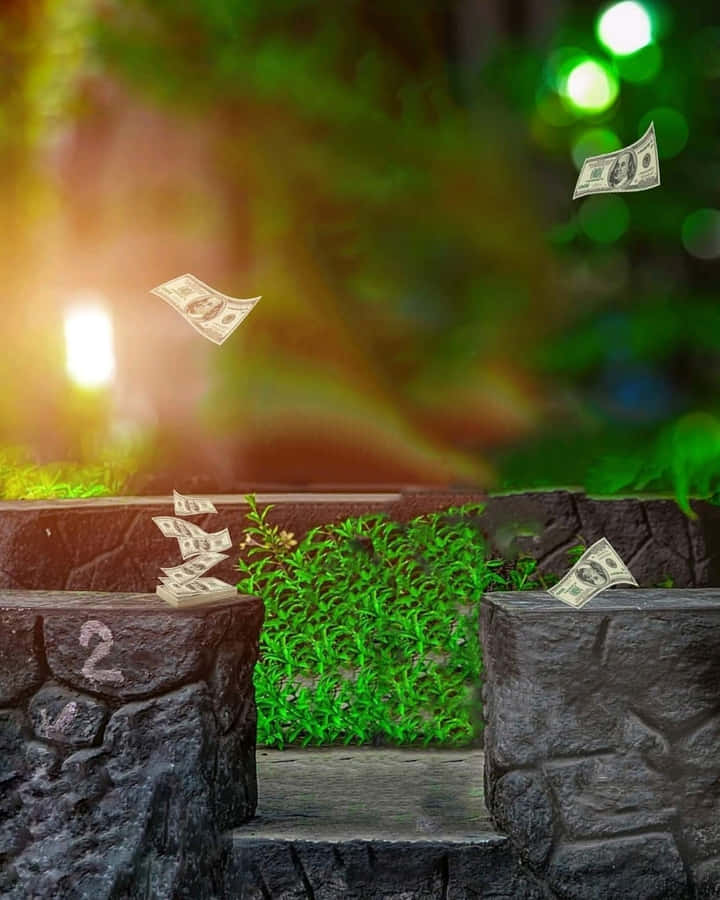Creative CB Backgrounds Ideas with Snapseed QR Code: Enhance Your Designs with Ease
Imagine endlessly scrolling through dull, uninspiring screens—pretty boring, right? Now picture a vibrant, striking background that instantly captures your attention. Whether you’re refining a design project, adjusting a user interface, or just want something visually appealing for your desktop, choosing the perfect background can truly transform the experience.
But what exactly is a “CB Background”? Depending on your niche, “CB” might stand for Circuit Boards, Combo Boxes, or even Code Blocks. These backgrounds go beyond aesthetics; they bring functionality and a sense of style to your designs. A thoughtfully chosen background doesn’t just look good—it elevates the entire user experience.

Selecting the right background is like picking the perfect outfit for a special event. You wouldn’t wear flip-flops to a formal occasion, right? The same applies to CB backgrounds: they should align with the tone, style, and purpose of your project. The right choice can make your design pop, turning an ordinary layout into something memorable. Conversely, the wrong choice can drag down even the most promising designs, making them appear unpolished or mismatched.
What is a CB Background?
Let’s break it down: “CB backgrounds” can mean different things depending on the field. If you’re into tech and electronics, you might be thinking of circuit board (CB) backgrounds—these designs often bring a technical, futuristic feel to projects. In user interface design, combo boxes are common UI elements that benefit from backgrounds that enhance visibility, keeping things simple and functional. Then, there are code blocks, which require clean backgrounds that boost readability without pulling focus from the code itself.
Also worth exploring: Stick War Legacy.
But no matter which “CB” you’re considering, backgrounds play a critical role in design. The right choice can set the tone and elevate the entire project. A poorly chosen or overly complex background can detract from the user experience and make your work look less polished. On the other hand, a thoughtfully designed background adds a touch of professionalism, creating a seamless and engaging user experience. Whether you’re building a website, crafting an app, or putting together a presentation, the right CB background can make all the difference.
Why Choosing the Right Background Matters
Let’s Dive into the Impact of Backgrounds
Backgrounds aren’t just decorative additions to your design—they play a crucial role in shaping how users perceive and engage with your content. The right background can enhance the overall aesthetic, evoke a specific mood, and reinforce brand identity. For instance, if you’re showcasing a cutting-edge tech product, pairing it with a soft, flowery background might not communicate the modern, high-tech vibe you’re aiming for. Instead, a sleek, minimalistic background with geometric patterns would better convey innovation and professionalism.
A carefully selected background doesn’t just look good; it sets the tone and subtly supports your brand’s message. For a wellness brand, a warm, nature-inspired background might create a soothing and inviting atmosphere, resonating with users’ expectations of relaxation and well-being. By choosing backgrounds that align with your brand’s personality, you make your design more cohesive and meaningful.
In this guide, we’ll explore various types of custom backgrounds, provide practical tips for choosing the right one, and introduce tools to help you craft your own. Get ready to elevate your design with backgrounds that don’t just decorate but define. Let’s dive in and unleash some creativity!
Types of CB Backgrounds



Minimalist CB Backgrounds
Minimalist design has become the preferred choice for many professionals—and for good reason. With its clean lines, ample whitespace, and restrained color palettes, minimalism brings focus to the essential elements of a design, preventing distraction and helping to convey a clear message. Here, the mantra truly is “less is more.”
Minimalist backgrounds are especially ideal for professional settings, particularly in tech and corporate environments. When your content is the focal point, a simple background enhances rather than detracts. Imagine a tech product presentation: a sleek, monochrome backdrop allows the product’s features to shine without the visual noise of complex background elements. A refined, subtle design gives a polished, professional impression.
For design inspiration, tools like Canva and Unsplash offer templates and images suited to a minimalist aesthetic. Remember to keep it simple: choose neutral tones, avoid unnecessary elements, and allow the design to breathe. Minimalism’s power lies in its restraint, letting your content take center stage.
Abstract CB Backgrounds
Abstract backgrounds break traditional design rules by using unexpected shapes, vivid colors, and playful patterns to create dynamic visuals. These backgrounds add an element of creativity and surprise to a design, making them ideal for projects where an artistic edge is needed. However, there’s a fine line—too much abstract flair can overwhelm, so balance is essential. Abstract designs are ideal for creative industries, apps, or platforms that prioritize innovation and artistry. To create your own, tools like Adobe Photoshop or simple apps like Fotor allow you to experiment with colors and patterns until you find the right mix of personality without it overpowering the interface.
Nature-Inspired CB Backgrounds
Nature-inspired backgrounds evoke calmness and tranquility, perfect for designs in wellness, eco-friendly branding, or any setting that benefits from an organic touch. Common elements include scenes of trees, water, mountains, or leaves that make users feel grounded and connected. For instance, a wellness app could feature a serene landscape background to establish a peaceful mood. Stock photo sites like Unsplash and Pexels provide high-resolution nature images ideal for these types of backgrounds, ensuring a polished and professional look without the need for on-site photography.
Geometric CB Backgrounds
Geometric patterns provide a structured, professional appearance, often featuring clean lines, shapes, and symmetry. This style is well-suited for tech companies, financial institutions, and corporate branding where order and precision are valued. For example, a tech startup might use hexagons or interlocking shapes to convey a sense of modernity and professionalism. Programs like Canva and Photoshop are great for creating custom geometric designs, allowing you to combine minimalist elements with geometric patterns for a hybrid look that’s clean and impactful.
Textured CB Backgrounds
For added depth, textured backgrounds are an excellent choice, ranging from subtle patterns to bold 3D effects. Textures can give a tactile feel to the design, adding richness and complexity. For instance, a metallic texture could be ideal for a high-tech product, while softer textures like wood or fabric may suit eco-friendly or artisanal brands. Adobe Photoshop offers tools for creating textured backgrounds from scratch or modifying templates, helping to create the perfect texture to complement your brand’s message.
Color Schemes for CB Backgrounds
The color scheme is a critical component in CB backgrounds, setting the tone and enhancing the design’s appeal. Here are a few popular schemes that can elevate your backgrounds:
- Monochromatic Backgrounds: Using shades of a single color, monochromatic schemes are sophisticated and cohesive. They work well in corporate settings, with cool colors like blue or grey creating a calm, professional feel. For creative sectors, warm tones such as red or purple can add an elegant, bold touch. Selecting a color aligned with your brand identity and adjusting its intensity can create depth without overwhelming.
- Gradient Backgrounds: Gradients are trendy for a reason—the gradual color transitions add vibrancy and depth. Smooth transitions from light to dark shades or between complementary colors make backgrounds look lively and engaging. Tools like Canva and Photoshop make gradient creation easy, whether you’re aiming for a subtle shift or a dramatic contrast. Balance is key; the transition should feel fluid and not overpower text or other elements.
- Contrasting Colors: Contrasts draw attention, making key elements stand out. Pairing opposite colors on the color wheel, like blue and orange, can create a visually striking background, although high contrast should be moderated to avoid visual strain. For professional interfaces, lower contrast ensures readability and maintains a polished look.
Tools and Software for Creating CB Backgrounds
Creating a CB background doesn’t require expert design skills; with the right tools, anyone can produce high-quality designs:
- Canva: Known for its user-friendly drag-and-drop interface, Canva is perfect for beginners. It offers a wide range of templates, color schemes, gradients, and textures, simplifying the design process. You can easily create unique backgrounds without getting lost in advanced features.
- Adobe Photoshop & Illustrator: For advanced users, Photoshop and Illustrator are top-tier tools that offer total control and precision. Photoshop is excellent for photo-based or textured backgrounds, while Illustrator is ideal for vector-based designs. Although there’s a learning curve, these tools provide powerful customization for intricate backgrounds suited to professional applications.
Aligning Backgrounds with Your Brand Identity
To create a consistent, on-brand look, your CB (content background) should reflect your brand’s identity—incorporating elements like your logo, color palette, and style. For instance, if your brand emphasizes sleek, modern aesthetics, avoid backgrounds that are overly ornate or colorful, as they might feel mismatched. Conversely, if your brand promotes sustainability, a nature-inspired background could beautifully reinforce your message.
Leading brands integrate their visual identity into every detail, including their backgrounds. Take Apple, for example: they consistently use minimalist, futuristic backgrounds that reflect their sophisticated brand. Aim to apply the same principles to ensure your background supports your brand message rather than detracting from it.
Optimizing for Different Devices and Platforms
Remember that your background might appear on various devices, each with unique display needs. Design for flexibility: a background viewed on a desktop can showcase finer details, while mobile screens require simplicity and larger elements for readability. Always check how your design looks across devices to maintain clarity and impact on each platform.
For example, mobile backgrounds benefit from simplified designs with fewer details to ensure readability, while desktop backgrounds offer more creative space. Make sure your background is responsive and adaptable, maintaining its appeal across all platforms.
CB Backgrounds for Various Use Cases
Choosing a CB background is not a one-size-fits-all task. The right background depends on your specific use—whether it’s for a business presentation, a personal project, or social media.
- Business Presentations: A clean, minimalistic background with neutral colors and high-contrast elements enhances professionalism and clarity. For example, subtle gradients or geometric patterns can keep things engaging without overpowering the content.
- Personal Projects and Portfolios: Personal projects allow more creative freedom, so consider using unique colors, abstract designs, or even hand-drawn elements that reflect your style.
- Social Media Content: Social media backgrounds should grab attention quickly. Currently, trends favor pastel colors, bold typography, and retro designs. Ensure your background complements your profile and content, and use the correct resolution for each platform.
Trends in CB Backgrounds to Watch
CB backgrounds evolve with trends, much like fashion. Here are some popular trends to consider:
- Retro and Vintage Designs: Nostalgia is in style. Retro elements like neon colors, pixelated images, and vintage fonts can add a fresh, playful touch, especially in creative fields.
- 3D Backgrounds: Adding depth with 3D elements can create a more engaging look, especially for brands in tech or gaming.
- Dark Mode Backgrounds: As dark mode becomes more popular, consider darker backgrounds that are easy on the eyes. Use softer dark tones rather than pure black, and ensure text and visuals stand out against them.
Where to Find High-Quality CB Backgrounds
Whether you prefer free or premium options, many resources provide high-quality backgrounds:
- Stock Photo Websites: Sites like Unsplash and Pexels offer a wide range of high-resolution images for free, while Shutterstock provides premium options for businesses.
- Design Marketplaces: Creative Market and Envato Elements offer unique, artist-made backgrounds that you can customize.
- Online Communities: Platforms like Dribbble and Behance showcase designer work, where you can find inspiration and often download or purchase customizable backgrounds directly.


Customizing Backgrounds for Your Needs
Once you’ve found a background you like, customize it to suit your unique vision:
- Using Templates: Tools like Canva and Fotor offer templates that you can tweak by adjusting colors, shapes, and text. Templates save time while allowing for a personal touch.
- DIY Backgrounds: If you’re up for it, design a background from scratch using tools like Photoshop. Choose colors that align with your brand and experiment with textures, patterns, or custom graphics to make your background truly unique.
Conclusion
A well-designed CB background can enhance your content, reinforce your brand, and make a memorable impression. From minimalist designs for business use to bold, eye-catching styles for social media, backgrounds are versatile tools for branding. Remember to consider your platform, audience, and purpose to select a background that aligns with your goals and message.
Whether you need an attention-grabbing social media background or a polished look for a business presentation, taking time to find or create the right background will elevate your project. And if you’re looking for high-quality CB backgrounds, Snapseed QR Code offers a variety of downloadable options to get started.
FAQs
What is a CB Background?
A CB background refers to a backdrop used in various design contexts such as Circuit Boards, Combo Boxes, or Code Blocks. It enhances the overall visual appeal and functionality of the design, making it more user-friendly and engaging.
Why is choosing the right CB background important?
The right CB background influences user perception, enhances readability, and supports brand messaging. It helps make your design look professional and visually appealing.
What are some popular types of CB backgrounds?
Popular types include minimalist, abstract, nature-inspired, geometric, textured, and retro backgrounds. Each type suits different use cases, from professional settings to creative portfolios.
What tools can I use to create or customize CB backgrounds?
Tools like Canva, Photoshop, and Snapseed QR Code are great for creating and customizing CB backgrounds. Each offers templates, color schemes, and customization options for all design needs.
Where can I download CB backgrounds?
You can download high-quality CB backgrounds from Snapseed QR Code or other platforms like Unsplash, Pexels, Creative Market, and Envato. These platforms offer both free and paid options, giving you a range of styles to choose from.
How do I customize a CB background?
You can customize a CB background by modifying pre-made templates or creating one from scratch. Tools like Canva and Photoshop allow you to tweak elements like colors, textures, and shapes to match your specific needs.